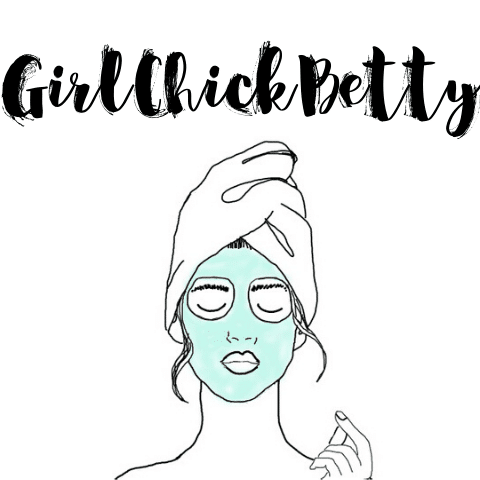There’s a good reason that red clay powder has been used to treat skin for centuries! Here are some of the many benefits of using red clay powder in your skincare routine:
- Reduce the appearance of pores by drawing out dead skin cells
- Treat blackheads and clogged pores
- Absorb excess sebum and oil
- Potentially increase collagen production
- Exfoliate skin
- Treat uneven skin texture
This article contains affiliate links; if you purchase a product through my link it will send some spare change my way to keep this slice of the internet up and running.
Moroccan Red Clay vs Bentonite Clay Skincare Benefits
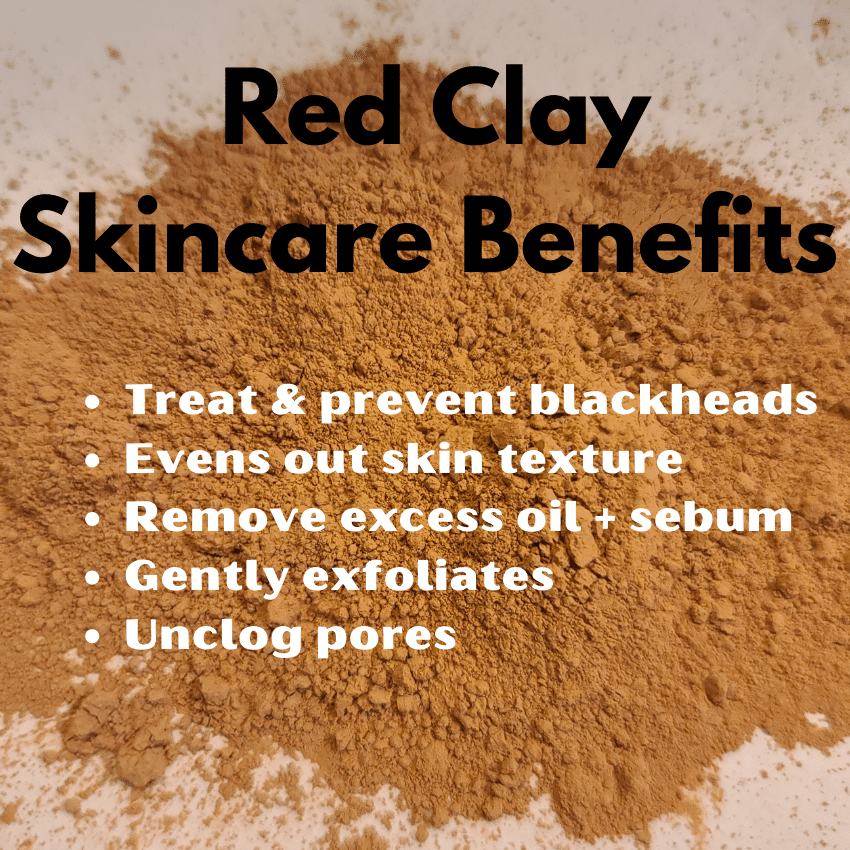
Red clay contains high levels of iron oxides which is the source of it’s ruddy hue. It has a higher mineral content than bentonite clay but this does not necessarily mean it’s more beneficial when used in skincare!
Skincare brands love to advertise that red clay will “detox” your skin by drawing out toxins. This is simply impossible, there is not a single skincare product proven to draw toxins out of your body through the skin. It has been proven that you can sweat out toxins, but other than that your body processes all toxins internally via the kidney and liver. Both bentonite and Moroccan (or any other variety of red clay) can help unclog pores but neither will detox your skin.
There is very little scientific research published on the benefits of specific clays when used in skincare. I myself have found that bentonite masks seem to draw out more moisture from the skin than other clays. I personally have dry skin and I find red clay to be gentler but still effective at drawing out excess oil without stripping the moisture from my skin.
Red clay is an extremely useful DIY face mask ingredient for oily and acne-prone skin types. It absorbs excess sebum and oil from the skin, and helps unclog pores by drawing out dead skin cells and dirt. There has also been a study published that shows clay could potentially boost collagen production in the skin when applied topically!
Moroccan red clay is very beneficial for treating blackheads and shiny skin caused by excess oil. But red clay can be overly drying for mature or dry skin types; if you do not struggle with blackheads or oil this is not the right skin treatment for you.
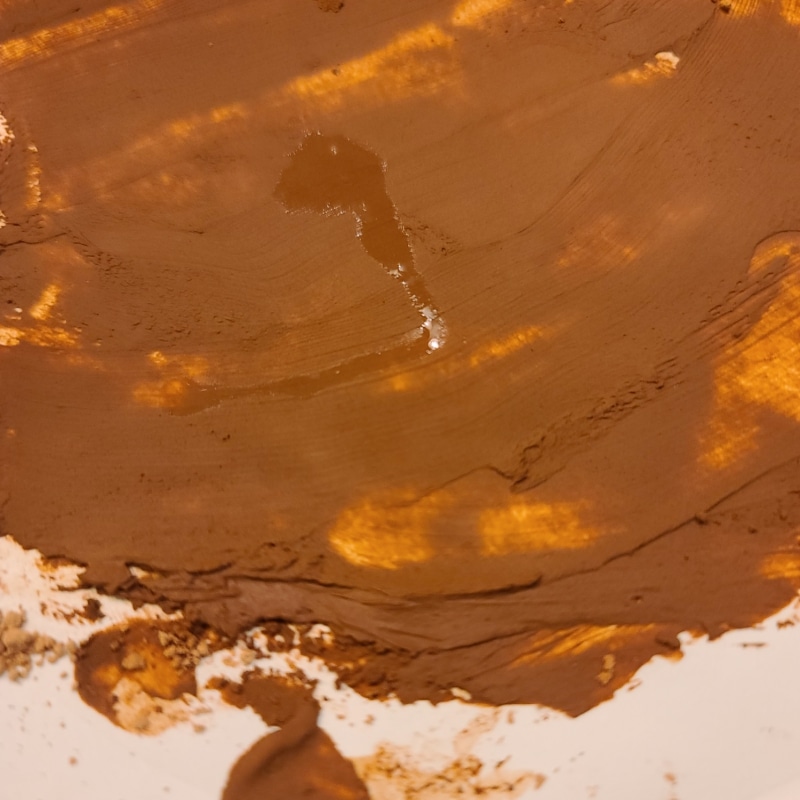
What skin type is red clay recommended for?
Red clay can be used by all skin types but those struggling with acne or excess oil will see the most benefit from using it in their skincare routines.
Those with combination skin can use red clay as a spot treatment to treat the areas where you are struggling with oil or acne. If you spot treat these areas it can prevent the mask from drying out the rest of your skin. If you don’t have oily skin everywhere it can wreak havoc to use a heavy-duty clay mask on your entire face. I recommend that you can squeeze some multitasking in by applying a hydrating mask everywhere else! You can learn more about how to pick the perfect mask for your skin type in my full breakdown here.
Why can’t you use a metal spoon with a clay mask?
There is a common myth floating around that using a metal bowl or spoon when mixing together a clay face mask will reduce the effectiveness of the clay. You will even occasionally see warnings on product labels against using metal utensils. It’s time we put that myth to bed!
“A number of websites say that contact with metal will cause the clay to become less effective or lose its ‘magnetic charge, this is simply not true. Bentonite clay contains salts that create an ionic charge when dissolved in water, but metal has no effect on this.”
Randy Schueller, cosmetic chemist
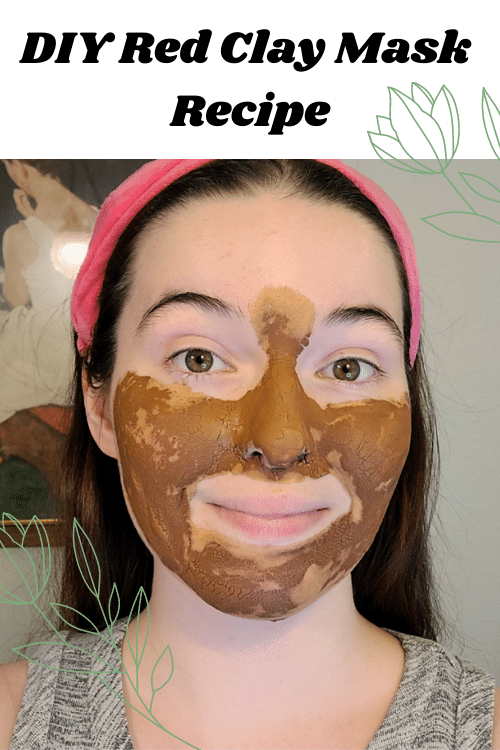
DIY Red Clay Mask Skincare Recipe
A DIY clay mask is the easiest skincare recipe you will ever lay your eyes on! All you need is one part clay and one part water to get started. Here is my favorite brand of Moroccan red clay. You can also swap out the water for freshly brewed green tea for an added boost of antioxidants!
- Add 1 tablespoon water and 1 tablespoon red clay.
- Mix thoroughly!
- Apply to oil prone areas such as the t-zone.
- Let sit for 5-10 minutes.
- Rinse off and moisturize!
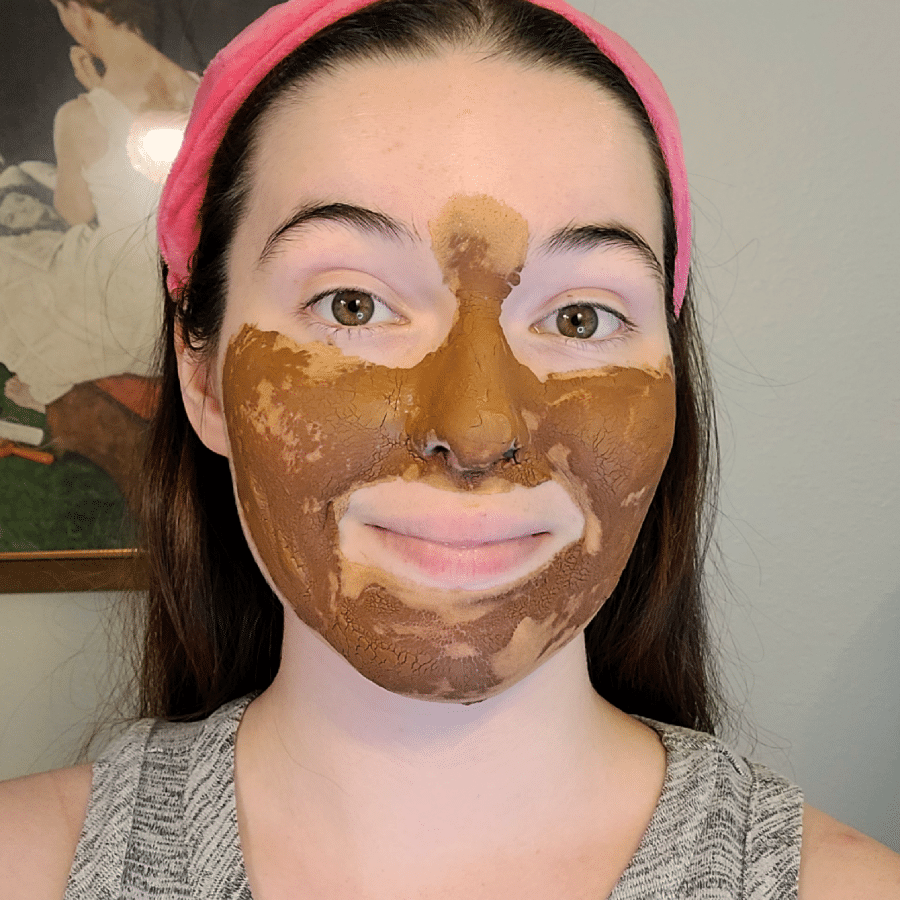
A word of caution when rinsing off your clay mask:
There is one down side to using facial clays, it is extremely easy to clog your skin with clay residue. If you only do a clay mask only every once in a long while you are most likely fine with rinsing off your mask down the drain as usual. But if you incorporate a clay mask into your regular skincare routine I highly recommend that you use a bowl to rinse off the mask and then dump that dirty water outside. You could also use a wet paper towel to wipe off the majority of the clay to avoid it going down the drain.
I also recommend that you mix your mask in a disposable plate or bowl to avoid having to rinse excess clay down the drain. I use a paper plate to mix up my mask to avoid any messy cleanup.
Red clay can also stain clothing and even your skin if it is left on for an extended period of time. Mixing together a DIY clay mask can get messy so don’t wear your favorite white shirt and don’t accidentally leave the mask on too long or you might end up sporting a orange complexion!
Recent Posts
There are two new sunscreens on the block and the lovely folks over at Kinfield gifted some tubes for me to to test out so I can share a skincare deep dive with y'all! This post contains affiliate...
Trying to find a sunscreen formulated without glycerin is no easy task! I've researched hundreds of sunscreen formulas while writing for this blog and it's shocking how extremely few glycerin-free...
